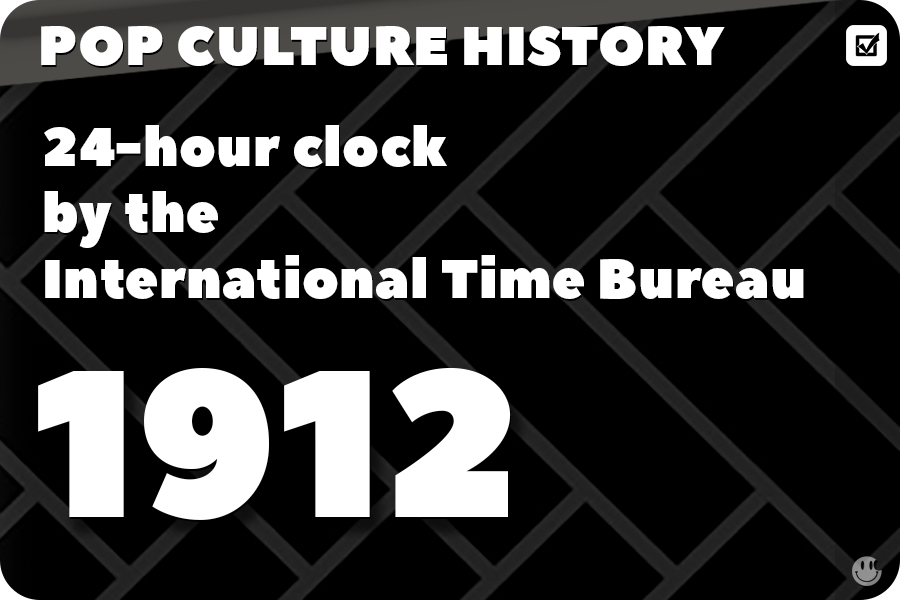 |
24-hour Clock by the International Time Bureau |
The 24-hour clock, also known as military time, is a timekeeping convention where the day is divided into 24 hours, running from midnight to midnight. It was popularized in the early 20th century by the International Time Bureau, and its adoption was driven by a need for standardized and unambiguous timekeeping in various fields, such as transportation, military, and scientific purposes.
The 24-hour clock is a timekeeping system that gained popularity in the early 20th century through the efforts of the International Time Bureau. It was adopted to avoid confusion and ambiguity in communication, particularly in the military, transportation, and scientific contexts. The 24-hour clock has impacted pop culture, often portrayed in movies and television series related to military and espionage themes, and is now widely used worldwide. |









